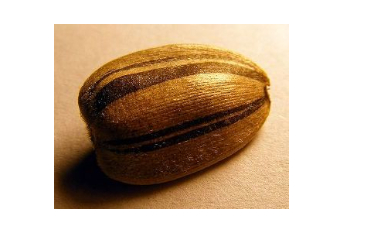- Series:Animals, Plants, Transcript English
One interesting way in which to help young people gain an appreciation for God’s creation is to ask them to solve certain problems that the Creator Himself had to solve.

Let’s use the examples of seeds. Plants need seeds to produce the next generation. But what about all the insects that feed on seeds? As Creator, one could decide that insects will not eat seeds. But what will insects eat? Can we get rid of insects? If we do, what will we create to do all the important jobs that insects perform in the ecology? The conclusion must be that we need insects, and they need to eat something. Seeds are a convenient food for them. So how do we design seeds so that both plants and insects can benefit?
Left to their own to work out this problem, perhaps in small groups, young people are likely to propose two popular solutions. A plant can be designed to make so many seeds that insects could not possibly eat them all. Or some plants could be designed that produce seeds that have a natural insect repellent.
And both of these solutions to the problem are commonly found among seeds. Studies show that plants that produce so many seeds that insects could not possibly eat them all generally do not produce seeds that are poisonous to insects. But plants that produce fewer and larger seeds often produce seeds laced with natural insect repellents. As a result, insects get to eat and plants are allowed to produce the next generation.
Genesis 1:11
“And God said, Let the earth bring forth grass, the herb yielding seed, [and] the fruit tree yielding fruit after his kind, whose seed [is] in itself, upon the earth: and it was so.”
Prayer: Father, I don’t always appreciate everything You have made because I don’t know what Your purposes are in making them. Help me to see Your purposes in my life in the faith that Your will is always good for me. In Jesus’ Name. Amen.
Notes:
Science 84, April 1984. p. 65. Image: Sunflower Seed (PD)
© 2024 Creation Moments. All rights reserved.
